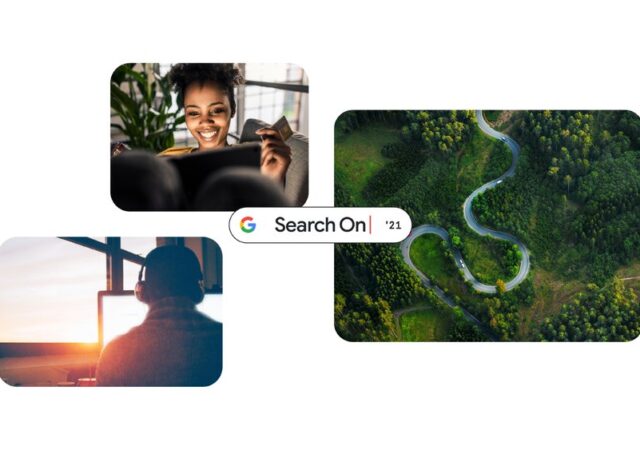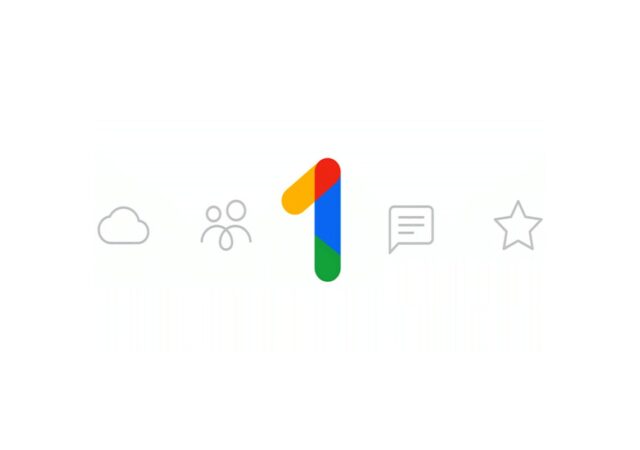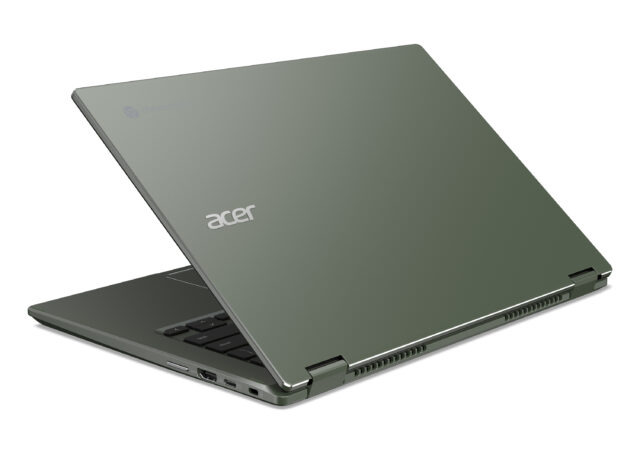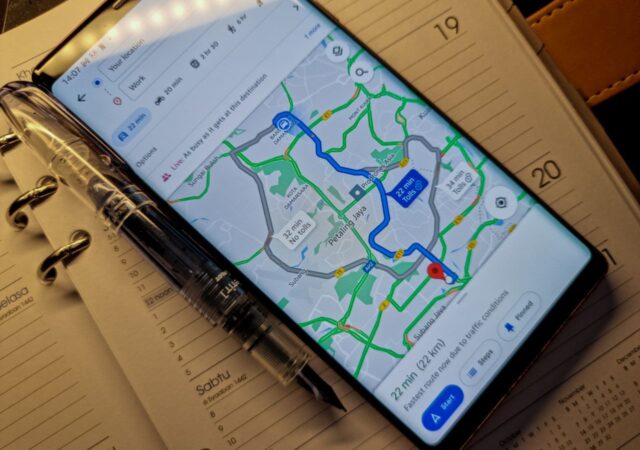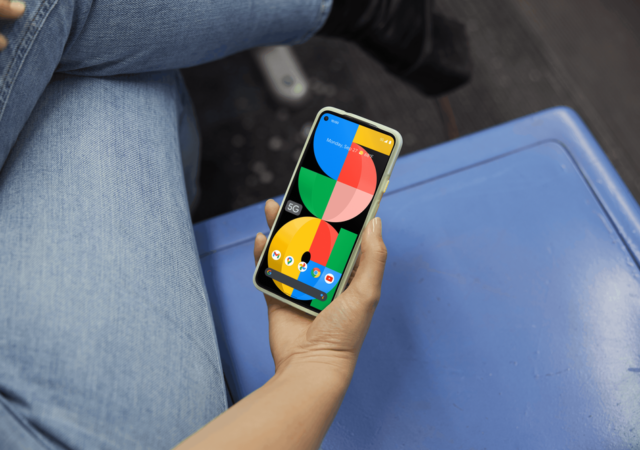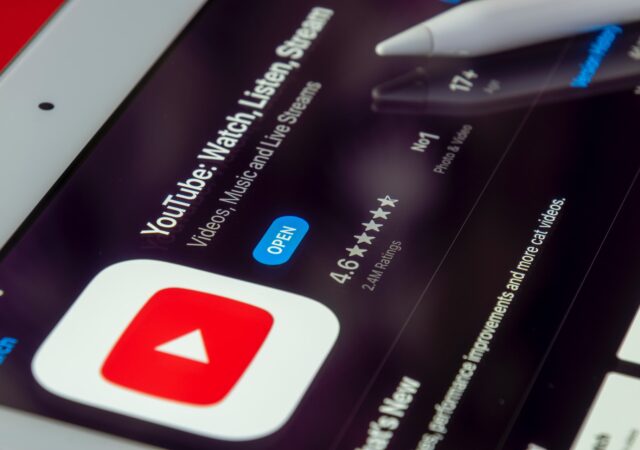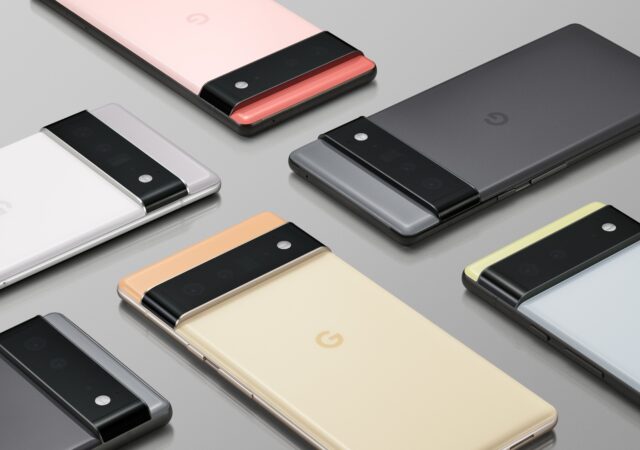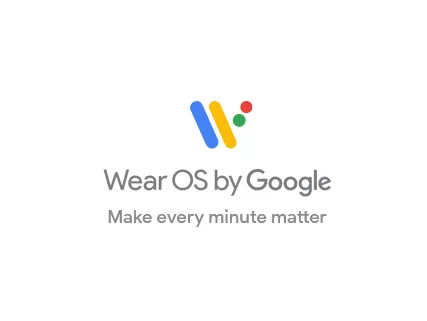Google launches their most advanced Pixel ever, the Google Pixel 6 and Pixel 6 Pro with Google’s Tensor for US$ 599 onward.
Google Looks to “MUM” to Enhance Search
Google announces a slew of updates coming to Search thanks to their Multitask Unified Model which allows it to be more contextual.
Google One Introduces 5TB Storage Plan
Google One introduces the 5TB storage plan to sit between the 2TB and 10TB storage packages at US$ 25 a month onward.
Switching Between iOS and Android is Painless with WhatsApp Now.
WhatsApp is rolling out new tool to make migrating platforms more painless on both iOS and Android beginning with Samsung devices.
Chromebooks are Losing Microsoft Office 365 Apps
Microsoft is pulling their apps from the Google Play Store and therefore removing support on Chrome OS and Chromebooks.
Google’s Pixel 5a Launches While the Google Pixel 5 and 4a 5G Discontinues
Google launches the Pixel 5a last week. They also announced that the Google Pixel 5 and Pixel 4a 5G will be discontinued.
YouTube Premium Lite Subscription Appears In Europe
YouTube seems to be testing out a new plan for its Premium subscription – YouTube Premium Lite which brings a scaled back version of its existing offering.
Google Confirms the Pixel 6 and Pixel 6 Pro: This is What Google’s Next Smartphone Looks Like
Google unveils their new flagship smartphone in the Pixel 6 and Pixel 6 Pro powered by the the first Google Tensor processor.
Google Just Revealed the Name of Their New Wearable Platform
Google revealed that the upcoming Wear OS will be called Wear OS 3. The first Wear OS 3 devices are expected to roll out soon.




